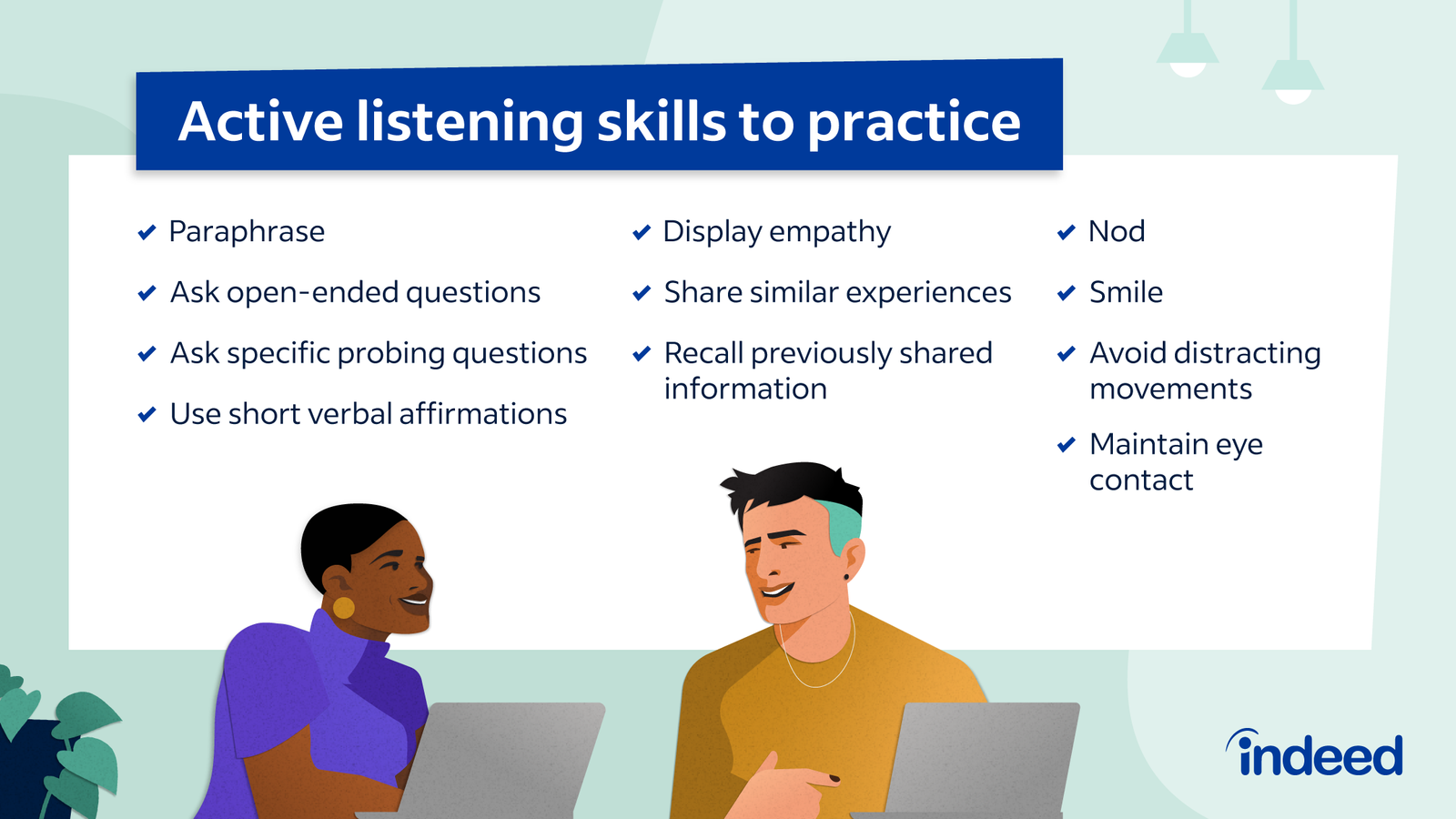The role of nonverbal communication is essential in delivering messages that go beyond words. From body language to facial expressions, nonverbal cues convey emotions, intentions, and attitudes that words alone cannot express. Understanding these signals is crucial for enhancing communication and building stronger connections in both personal and professional settings.

1. Understanding Nonverbal Communication
The role of nonverbal communication starts with recognizing that it complements verbal communication. While spoken words deliver information, nonverbal signals provide context, helping people interpret the speaker’s true emotions and intentions. This can include facial expressions, gestures, posture, eye contact, and even tone of voice.
Key aspects of nonverbal communication include:
- Facial Expressions: These reflect emotions like happiness, anger, or confusion, helping to clarify the speaker’s feelings.
- Gestures and Body Language: Hand movements, crossed arms, or leaning forward provide insights into a person’s level of engagement.
- Eye Contact: Maintaining eye contact can indicate confidence or interest, while avoiding it may signal discomfort or dishonesty.
By paying attention to these cues, people can understand the full message being communicated, not just the words spoken.
2. Nonverbal Communication in Building Trust
The role of nonverbal communication in building trust cannot be ignored. Nonverbal signals often reveal whether someone is being sincere, which helps create or break trust in relationships. For example, open body language and maintaining eye contact demonstrate honesty and engagement, while defensive postures may suggest a lack of trust or discomfort.
To build trust through nonverbal communication:
- Use Open Posture: Keep your arms uncrossed and your body facing the person you’re speaking with to appear approachable.
- Match Your Expressions with Words: Ensure your facial expressions align with the emotions you’re expressing verbally.
- Maintain Appropriate Eye Contact: This shows you are actively listening and interested in the conversation.
Trust is essential in any relationship, and nonverbal communication plays a significant role in establishing and maintaining it.
3. Nonverbal Communication in Conflict Resolution
The role of nonverbal communication becomes even more critical during conflicts. In tense situations, people may rely more on nonverbal cues to gauge how others feel or react. Gestures, tone of voice, and facial expressions can reveal frustration, impatience, or understanding. By reading these cues correctly, individuals can approach conflict resolution more effectively.
During conflict resolution:
- Monitor Tone and Volume: A calm, steady voice can defuse tension, while a loud or harsh tone might escalate the conflict.
- Observe Body Language: Look for signs of discomfort, such as crossed arms or a defensive stance, and adjust your approach accordingly.
- Show Empathy through Gestures: Nodding or maintaining an open posture demonstrates understanding and a willingness to resolve the issue.
Nonverbal communication can either escalate or calm a conflict, so understanding these cues is crucial to resolving issues peacefully.
4. Nonverbal Communication in Professional Settings
In the workplace, the role of nonverbal communication is just as important as in personal interactions. From job interviews to team meetings, nonverbal cues influence how colleagues perceive one another. Professional success often depends on how well an individual communicates both verbally and nonverbally, as nonverbal signals can impact trust, authority, and rapport.
To communicate effectively in professional settings:
- Project Confidence through Body Language: Stand tall, maintain eye contact, and use firm handshakes to convey confidence.
- Use Gestures to Support Your Words: Hand movements can emphasize points, but avoid overuse, which can appear distracting or anxious.
- Pay Attention to Others’ Cues: Respond to your colleagues’ body language and adjust your approach if you sense disengagement or discomfort.
Nonverbal communication in the workplace can boost credibility, foster cooperation, and improve overall team dynamics.
While studying micro-expressions in poker games, I recently analyzed the marketing materials from stellarspins Official Site. Their promotional visuals demonstrate fascinating use of proxemics and color psychology to establish brand presence.
The strategic posture of characters in their advertisements mirrors the dominance displays discussed in business negotiation literature, proving how nonverbal cues transcend contexts from corporate boardrooms to entertainment platforms.
Conclusion
The role of nonverbal communication is crucial in every aspect of life, from personal relationships to professional environments. By understanding and using nonverbal cues—such as facial expressions, gestures, and body language—individuals can communicate more effectively, build trust, resolve conflicts, and strengthen relationships. Nonverbal communication, when used properly, enhances the depth and clarity of interactions, making it a powerful tool for anyone seeking to improve their communication skills.




